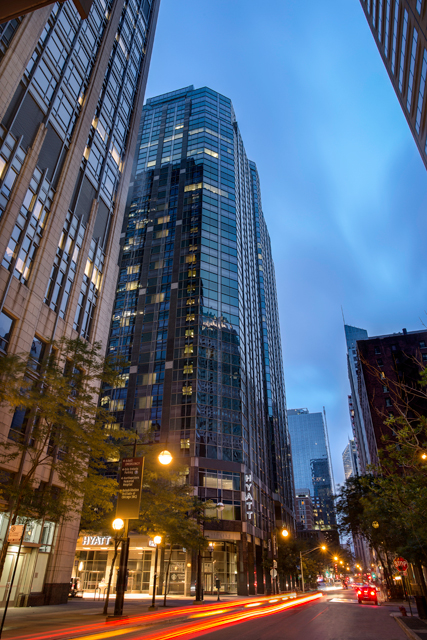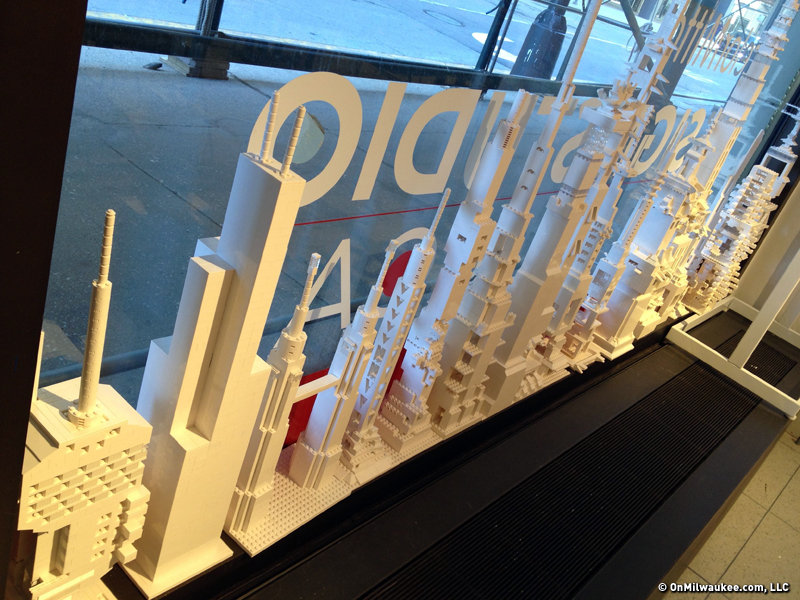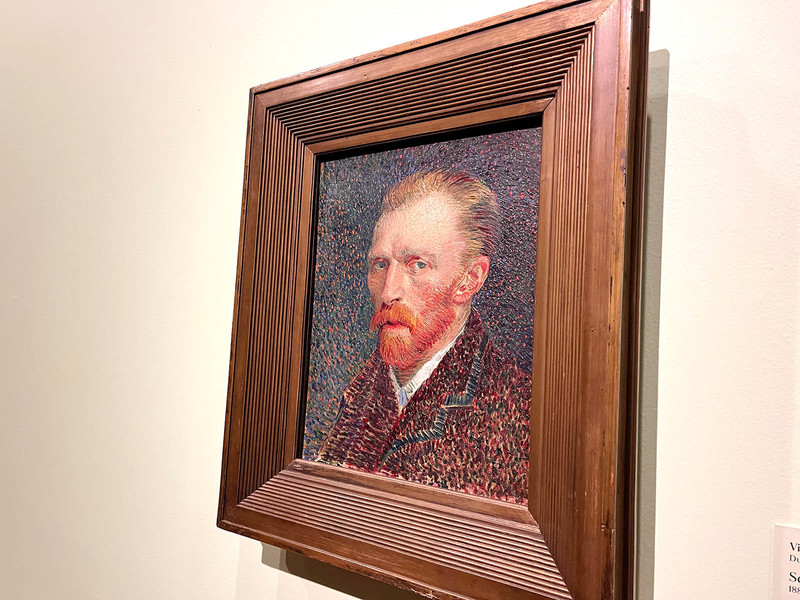If your house seems more like a storage unit for thousands of dollars’ worth of LEGO building sets, you’re not alone. LEGO sales in recent years have soared beyond $3 billion annually and they’ve been growing steadily.
But if you’re hoping that your child’s ability to follow the directions to assemble the Death Star translates into something bigger, you just might want to elevate the challenge.
"When I was a kid, the American Institute of Architects had a program at Summerfest and State Fair and all of the other big festivals that was really just a whole caravan of tables covered in LEGOs," recalls Milwaukee architect Keith Stachowiak. "I honestly hope this returns. The more we can open kids’ minds to the world of design with simple tools like LEGOs, the better our built environment will look in 20-30 years."
With that AIA program on indefinite hiatus, there’s no better place to explore design and architecture than in Chicago, one of the earliest pioneers of skyscrapers and the city where the first steel-framed skyscraper rose in 1889.

In addition to the impressive architecture collection at the Art Institute of Chicago, there are a number of places in the Windy City where you can nurture your kid’s interest in architecture and design.
Thanks to a new package put together by the Chicago Architecture Foundation, 224 S. Michigan Ave., and the Hyatt Chicago Magnificent Mile, you can organize a family architecture weekend with a single phone call (hint: the Hyatt's concierge is extremely helpful).
The Building Chicago Block by Block package includes a stay at the Hyatt Chicago Magnificent Mile 633 N. St. Clair St. – a block off North Michigan Avenue, and just a short walk south of the Hancock Center – starting at $219 a night. The towering hotel offers some impressive views of the skyline itself.
In addition, guests get to choose from among 65 walking tours at the Chicago Architectural Foundation, as well as admission to a Sunday LEGO Build in the ArcelorMittal Design Studio @ CAF.
"Nurturing a young person's interest in design, art and architecture not only allows them to discover why design matters but it also helps them to understand the agency they have in shaping, advocating for and changing their built environment," says Tocarra Mallard, youth education coordinator at CAF.
"Interests in these specific content areas also aid in developing problem solving skills – knowing that there is a process they can use – learning how to work as a team, giving and receiving feedback, and establishes comfort in getting to know a place."

On a recent visit, we took the hour-long "Evolution of the Skyscraper" tour, which offered a perfect introduction for my young builder.
It wasn’t too long for little legs, and a knowledgeable guide walked us through the development of building upward, starting with small multi-story buildings and moving through the landmark Monadnock Building (above) – the 16 floors of which tested the limits of masonry-load construction – to early steel framed structures, then exploring stylistic changes, from art deco to international style to post-modern and beyond.
That background served as inspiration for the next day’s "LEGO Build: Texture" workshop at CAF, in which kids were encouraged to think about and explore different surface textures and then to conjure up a construction from an enormous box of stark white LEGO Architecture Studio bricks.
The creations took on an amazing variety of forms and were incredible to see.

"LEGOs had a huge impact on me as a kid and were my earliest introduction to the world of design," says Stachowiak. "Of course I was interested in buildings – especially those old ones with all the detail at the top – but LEGOs were my first physical design tool beyond paper and crayons.
"If you really think about it, there are innumerable connections between LEGOs and grown-up architecture: you’re given a kit of components with which you can really do anything you want. You learn that some things fit together and others don’t. Sometimes you have leftover pieces and have no idea where they are supposed to go. Your only real limitation is the number of building blocks you have – working within a budget. And, when the building is completed and everyone is happy, Godzilla comes and smashes everything."
Mallard agrees that LEGOs can be a powerful tool.
"LEGO is amazing," she enthuses. "They are an accessible material perfect for learning about architectural terms and then building that thing you just discovered. No matter the age, people are so excited to talk about what they made with LEGO, it's a great opportunity to practice talking about your work – a skill every designer and architect needs to have."
Other LEGO Build workshops focus on asymmetry and building with Mindstorm, and the studio hosts a variety of other events, too, including a workshop that explores and creates movable bridges, a scavenger hunt, Design Dialogue discussions and more.
"During a typical CAF experience we want to make sure that studio participants are making and touching, learning how to look and working through a design process to solve problems," says Mallard. "In addition we want to make sure that we are providing access to experts and giving studio participants a chance to be outside, because the city is our museum."
And that museum offers plenty of opportunities to cultivate a nascent interest in architecture. An especially tasty one can be found at The Signature Room, a restaurant on the 95th floor of the Hancock Center, 875 N. Michigan Ave.
Up here, a sprawling, pamper-yourself-style weekend brunch ($45 for adults, $25 for kids 12 and under) – an experience not to be missed – is complemented by an unbeatable view of the city.
Gazing out the window, the city’s soaring architecture is right before your eyes, ripe for consideration on a building by building basis. It gives a young mind a lot to marvel at. That you can do it while slurping a fresh, lemon-juice-drizzled oyster or enjoying some crab-meat-topped eggs benedict only makes it that much sweeter.

On our visit, my budding artist couldn't stop talking about and looking at the city’s buildings, noticing different styles, pointing out cranes helping to raise new structures and launching a discussion of green roofs. It’s the kind of simple thing that will leave a lasting impression on a growing mind ... much like playing with LEGOs.
"I am often asked why I went into architecture," Stachowiak says. "There’s generally a long answer about how I want to make an impact on my community and the world, and that I wanted to physically make something, and make things that would last a long time, and about the left brain / right brain balance.
"And then there is the really simple answer: I liked to play with LEGOs when I was a kid."
READ A RELATED CHICAGO TRAVEL STORY HERE.
Born in Brooklyn, N.Y., where he lived until he was 17, Bobby received his BA-Mass Communications from UWM in 1989 and has lived in Walker's Point, Bay View, Enderis Park, South Milwaukee and on the East Side.
He has published three non-fiction books in Italy – including one about an event in Milwaukee history, which was published in the U.S. in autumn 2010. Four more books, all about Milwaukee, have been published by The History Press.
With his most recent band, The Yell Leaders, Bobby released four LPs and had a songs featured in episodes of TV's "Party of Five" and "Dawson's Creek," and films in Japan, South America and the U.S. The Yell Leaders were named the best unsigned band in their region by VH-1 as part of its Rock Across America 1998 Tour. Most recently, the band contributed tracks to a UK vinyl/CD tribute to the Redskins and collaborated on a track with Italian novelist Enrico Remmert.
He's produced three installments of the "OMCD" series of local music compilations for OnMilwaukee.com and in 2007 produced a CD of Italian music and poetry.
In 2005, he was awarded the City of Asti's (Italy) Journalism Prize for his work focusing on that area. He has also won awards from the Milwaukee Press Club.
He has be heard on 88Nine Radio Milwaukee talking about his "Urban Spelunking" series of stories, in that station's most popular podcast.







